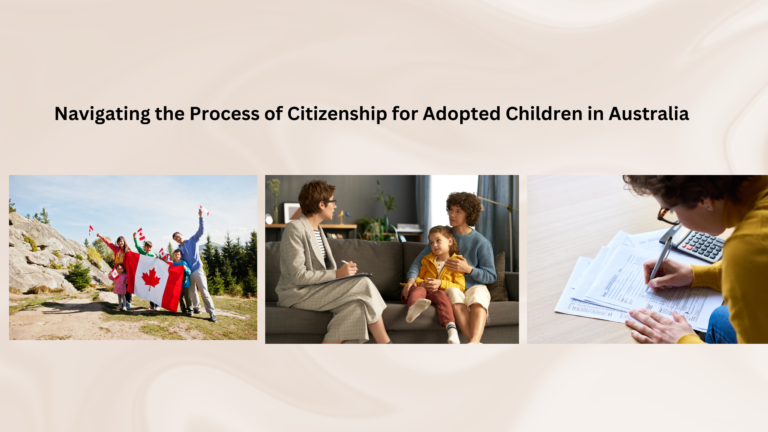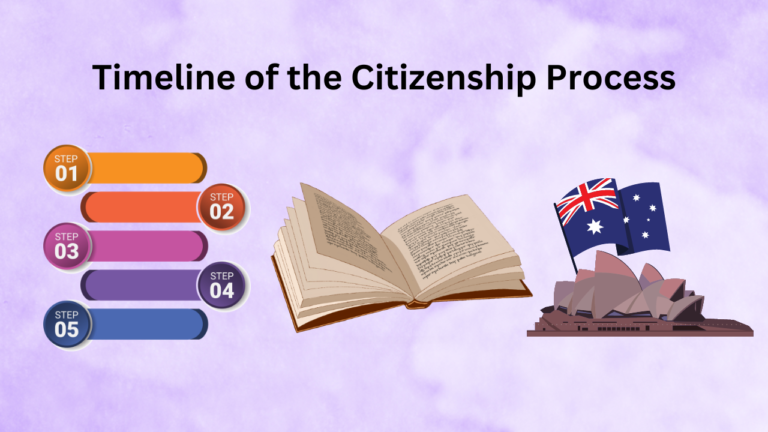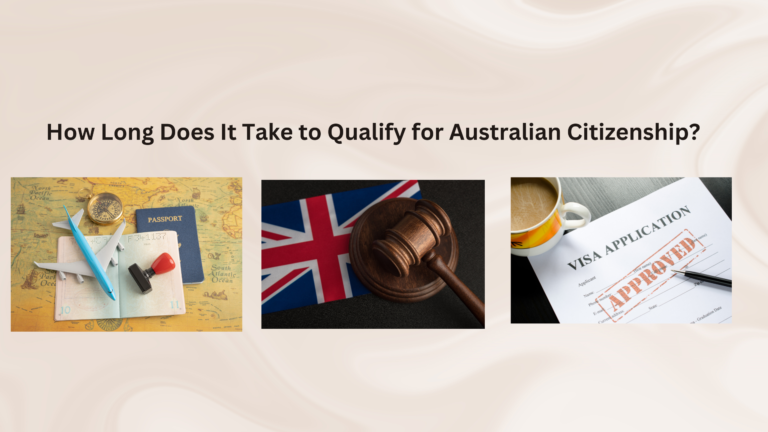The Pathway to Permanent Residency: Your Comprehensive Guide to Success in Australia
Unlocking Success: The Best Way to Get PR in Australia
Dreaming of a life Down Under? Australia’s stunning landscapes, vibrant cities, and diverse culture attract people from all corners of the globe. For many, the ultimate goal is to secure Permanent Residency (PR) in this land of opportunity. If you’re ready to embark on this journey, you’ve come to the right place. In this comprehensive guide, we’ll walk you through the best strategies to make your PR dreams a reality.
Understanding Permanent Residency in Australia
Before diving into the nitty-gritty of the application process, it’s crucial to understand what PR entails. Permanent Residency status in Australia offers individuals the right to live, work, and study in the country indefinitely. It serves as a pathway to citizenship, granting access to various social security benefits and healthcare services.
Choosing the Right Visa Pathway
Australia offers several visa options for individuals seeking PR status. Understanding which pathway aligns with your circumstances is the first step towards success. The most common routes include:
- Skilled Independent Visa (Subclass 189): Ideal for skilled workers who are not sponsored by an employer, state, or family member. This visa is points-tested, prioritizing applicants with skills and experience in high-demand occupations.
- Employer-Sponsored Visas (Subclass 186 and 187): If you have a job offer from an Australian employer, you may be eligible for employer-sponsored PR visas. These visas require the employer to nominate you for a position that cannot be filled by an Australian citizen or permanent resident.
- State or Territory Nomination (Subclass 190 and 491): Many Australian states and territories have their own nomination programs to attract skilled migrants. By securing a nomination from a specific region, you can boost your chances of obtaining PR through the Skilled Nominated visa (Subclass 190) or the Skilled Work Regional (Provisional) visa (Subclass 491).
- Partner or Family Visas: If you have an Australian citizen or permanent resident partner or family member, you may be eligible for a partner or family visa, leading to PR status.
Choosing the right visa pathway requires careful consideration of your qualifications, experience, and personal circumstances. Consulting with a migration agent or exploring the official Department of Home Affairs website can provide invaluable guidance.
Meeting Eligibility Requirements
Once you’ve identified the most suitable visa pathway, it’s essential to ensure you meet the eligibility criteria. Common requirements include:
- Meeting the relevant skill assessment criteria for skilled migration visas.
- Demonstrating proficient English language skills through recognized tests such as IELTS or PTE.
- Obtaining health insurance to cover healthcare costs during your stay in Australia.
- Meeting character requirements, including providing police clearance certificates from countries you have lived in.
Fulfilling these requirements demonstrates your readiness to contribute positively to Australian society, enhancing your chances of PR approval.
Navigating the Application Process
With your eligibility established, it’s time to navigate the PR application process. This involves submitting a comprehensive application package, including:
- Completed visa application forms.
- Supporting documents such as identification, educational certificates, and employment records.
- Evidence of English language proficiency.
- Skills assessment outcomes (for skilled migration visas).
- Health and character assessments.
Submitting a well-prepared application is crucial for a smooth and successful process. Any errors or omissions could lead to delays or even rejection. Seeking assistance from experienced migration professionals can streamline the application process and minimize the risk of complications.
Patience and Persistence
Securing PR in Australia is a journey that requires patience and persistence. Processing times can vary depending on the visa subclass, your individual circumstances, and external factors such as changes in immigration policies. While waiting for a decision, it’s essential to stay informed, maintain compliance with visa conditions, and be prepared to provide any additional information requested by the Department of Home Affairs.
Conclusion
Achieving Permanent Residency in Australia is a significant milestone that opens the door to a world of opportunities. By understanding the various visa pathways, meeting eligibility requirements, and navigating the application process diligently, you can turn your PR aspirations into reality. Remember, patience, persistence, and proper preparation are key ingredients for success on your journey to calling Australia home.







